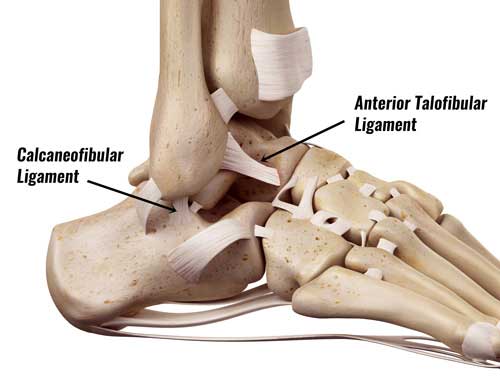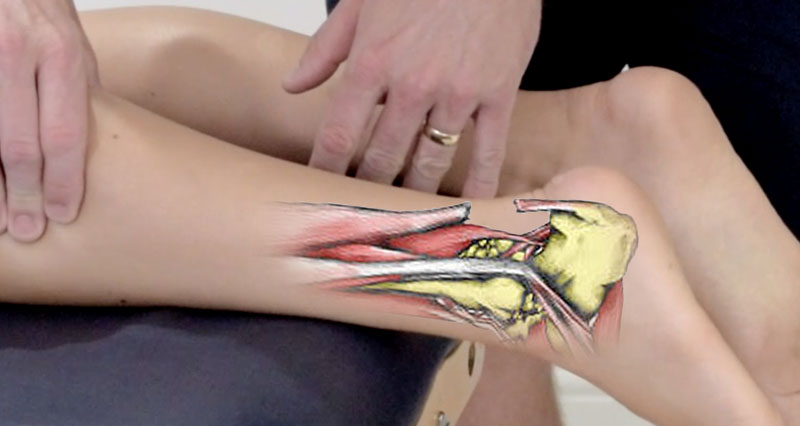The anterior drawer test checks the health of the anterior talofibular ligament (ATFL), a key ligament that helps keep the ankle joint stable and prevents the talus bone from moving too far forward.

Here’s how to perform the anterior drawer test for the ankle
Position the patient lying down or seated; the knee should be bent at 90 degrees and the ankle in a neutral position.
Hold the lower leg (tibia) with one hand and grasp the foot with the other. Place thumbs on the front of the ankle joint, above the talus bone.
First, inspect and palpate the ankle visually and manually. Check for swelling, tenderness, or deformity that could suggest a ligament injury.
With the ankle neutral, apply a gentle anterior force to the heel with both hands. Stabilize the lower leg to displace the talus bone anteriorly and stress the ATFL.
While applying the anterior force, carefully observe the amount of anterior translation (movement) of the talus relative to the tibia. Normally, there should be minimal movement, indicating a stable ATFL.
The anterior drawer test helps evaluate ankle injuries, particularly from outward rolls that may stretch or tear the ATFL. A positive result, along with other clinical evidence and possibly imaging, confirms an ATFL injury. Treatment options can include the RICE protocol, bracing, physical therapy, or surgery for severe cases.

